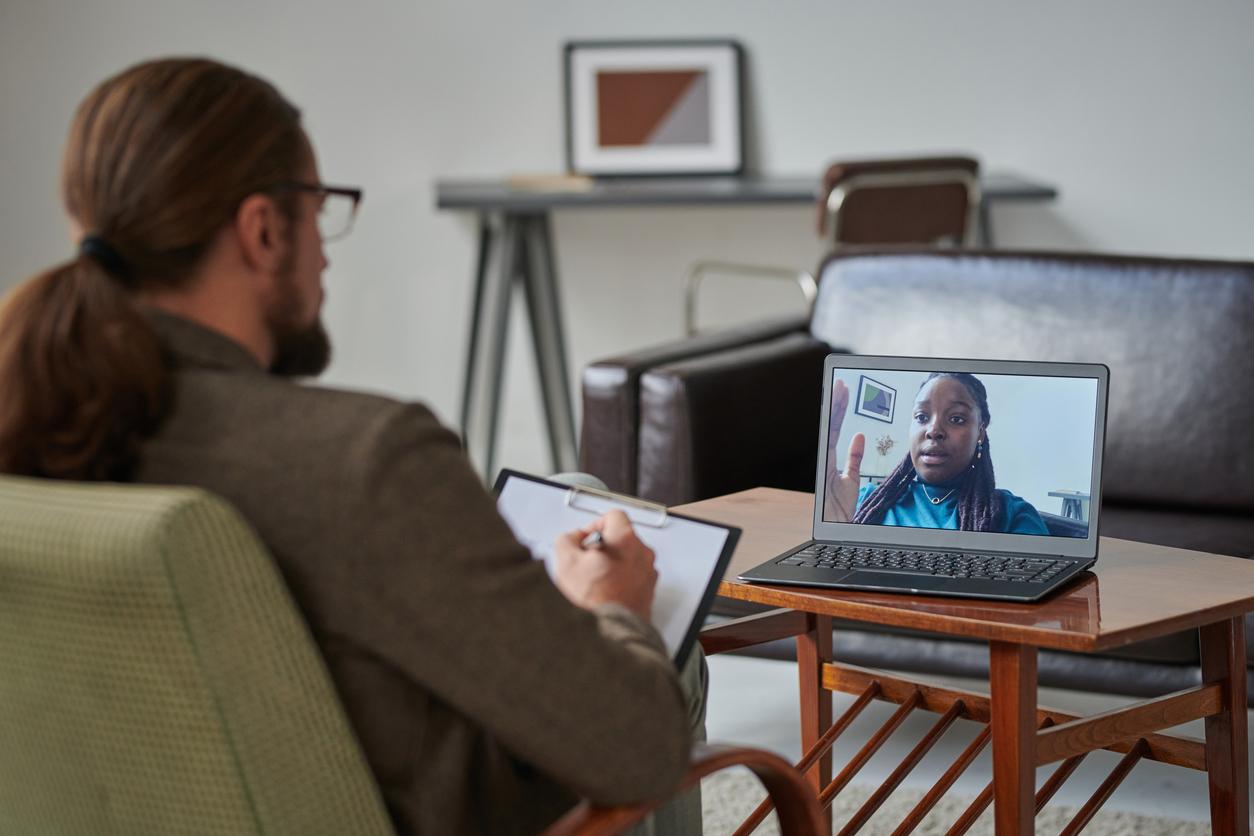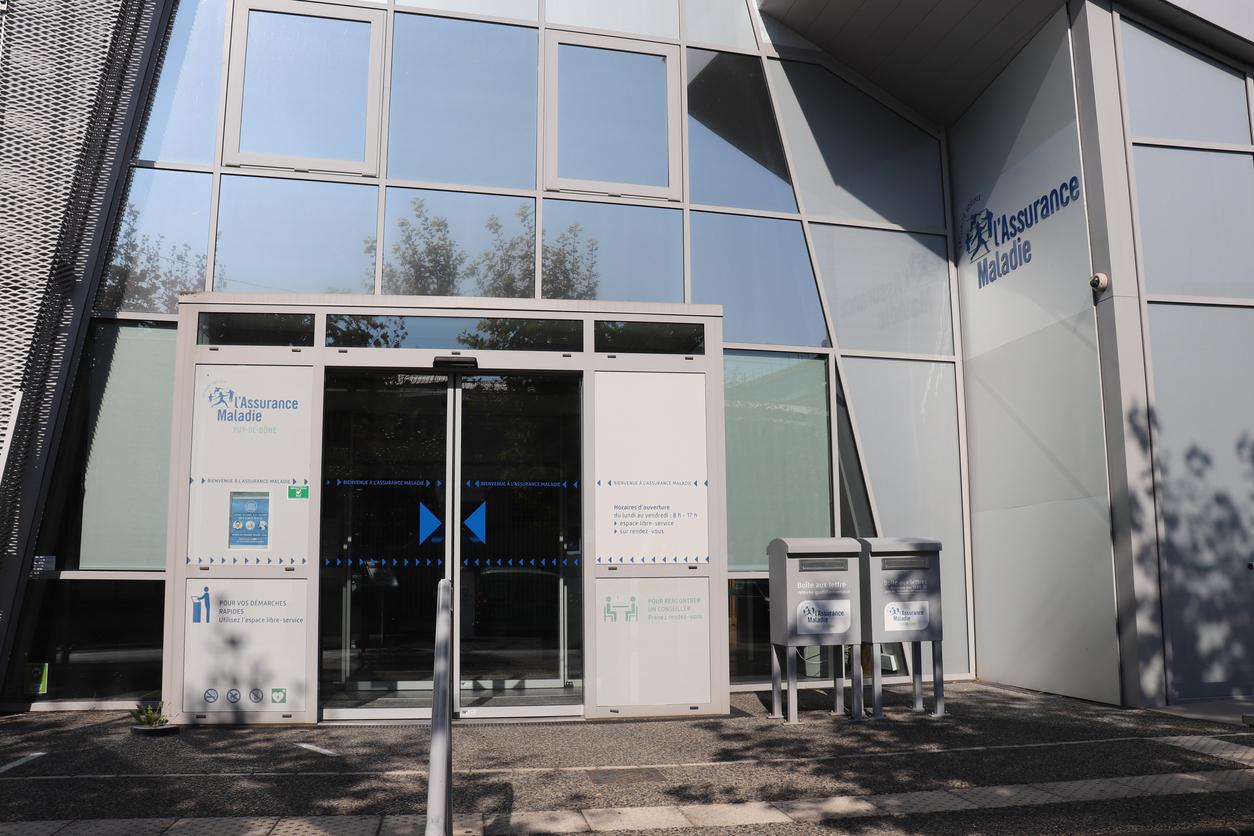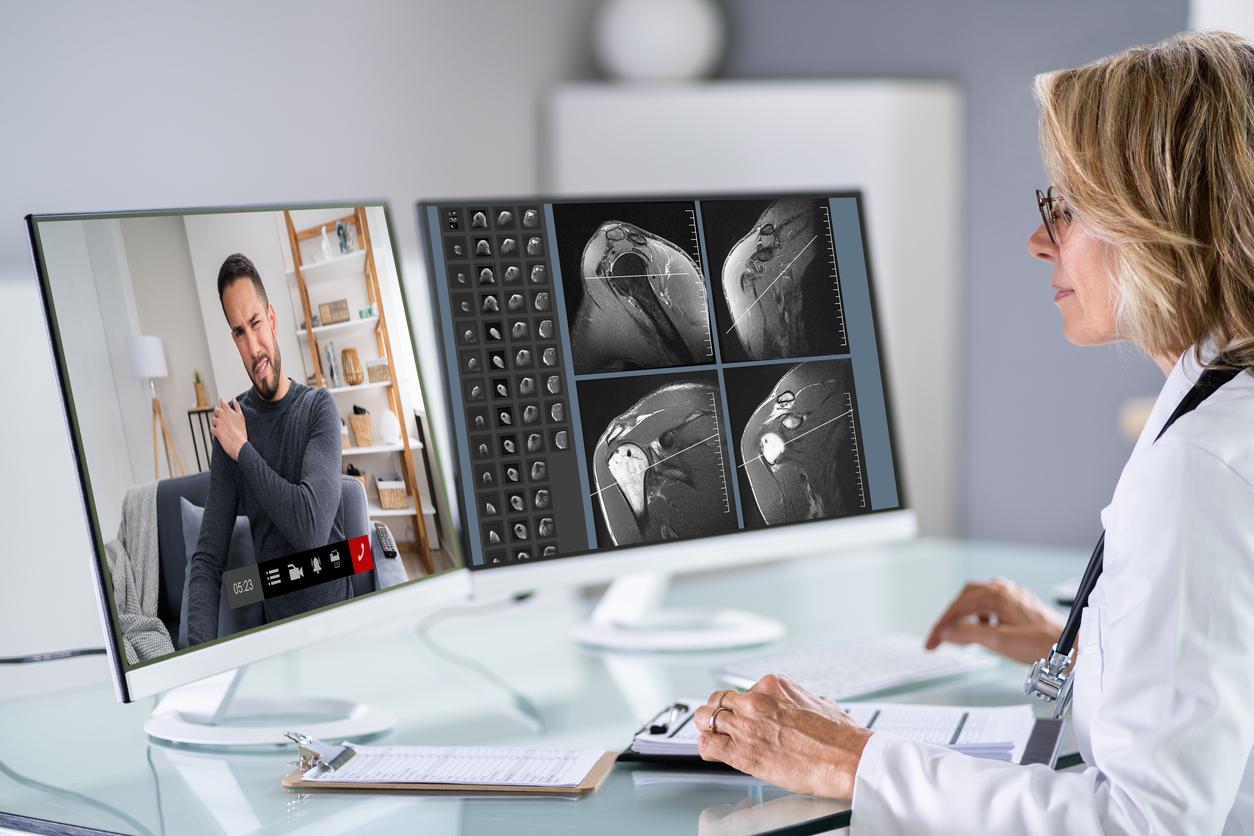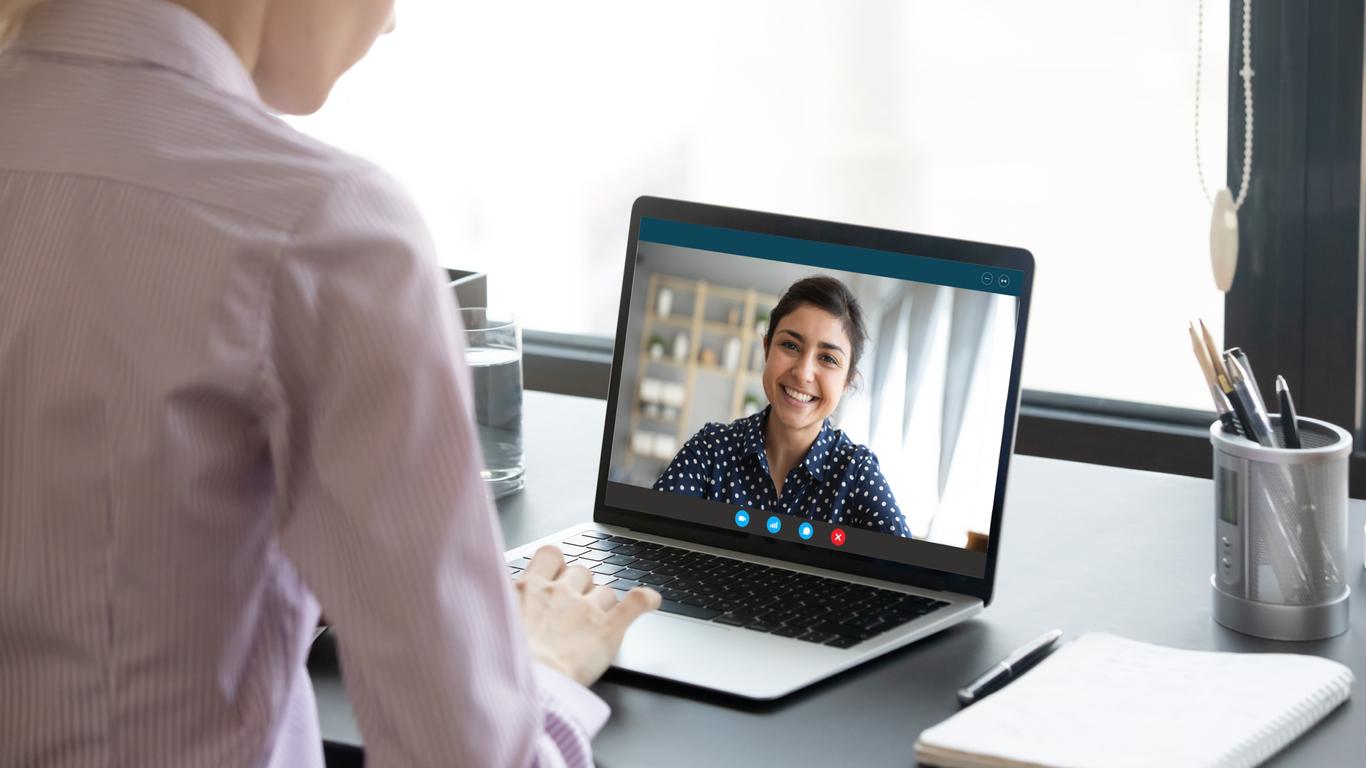First anniversary of reimbursement by Social Security since September 15, 2018 of teleconsultation and first assessment: only 60,000 consultations have been carried out in one year, well below the expected figures.
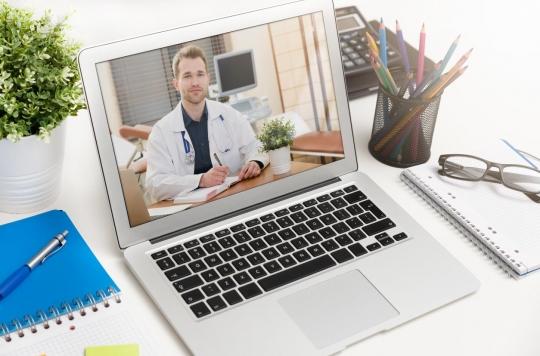
Synonymous with saving time, easier access to care and presented as one of the solutions to medical deserts, telemedicine entered the common law of medical practices in 2018. The idea is attractive: a consultation carried out remotely via a screen or a teleconsultation station, as part of a more advanced clinical examination – allowing the patient in particular to be auscultated with a connected stethoscope, to perform an electrocardiogram, or yet to have his ears and throat checked.
After the reimbursement decision by Social Security on September 15, 2018 – with the same terms as for a classic consultation – the government planned 500,000 teleconsultations in 2019. However, Health Insurance estimates in its press kit September 12 their number to more than 60,000 for one year. A figure that must be multiplied by more than 5,800 to obtain the number of physical consultations carried out each year with private doctors, which amounts to 350 million.
Teleconsultations on the rise each month
Behind these not very encouraging data, the document reports an increase in the number of teleconsultations each month since the beginning of the year. 2,000 exams were recorded last January, compared to more than 4,000 in March, 8,000 in June and nearly 12,000 in August. For this month of September, approximately 3,300 teleconsultations are recorded per week.
“We knew that it would take time to adopt this innovative mode of intervention, comments Nicolas Revel, Managing Director of the National Union of Health Insurance Funds. In view of the dynamic initiated, I am now confident: the increase in load is clear and will go on accelerating, relying in particular on the other professions involved in the process such as nurses or pharmacists”. , if only general practitioners and specialists currently practice teleconsultation, liberal nurses and pharmacists will soon be able to support and help patients to achieve it.
Young and urban populations in the lead
For now, it is city dwellers who have taken up telemedicine: the Île-de-France region alone accounts for 44% of all consultations. “In Paris or in the big cities, it is not so easy to get an appointment, nor to find time for the small pathologies of everyday life”, already advanced Dr Agnès Gepner, medical director of the company MesDocteurs, last June, on the Medical Frequency plateau.
Behind the still unresolved problem of medical deserts may arise that of the brake presented by the change in the nature of the relationship with the family doctor. An idea that could perhaps frighten seniors, since only 12% of consultations concern patients aged 70 and over. “This notion is a little bit, from time to time, struck by obsolescence: the doctor who treated the grandmother, the son, and the grandson, there are still some but…. The doctors we have respondents tell us that it was very nice but that it’s over, assures Dr Agnès Gepner. This relationship was built before the teleconsultation”.
“Count on the deployment of local territorial organizations”
Although she acknowledges that “the target is not perfectly reached”, the doctor is optimistic about the democratization of teleconsultations. “If I have diabetes and I have to go to my doctor just to check the glycosylated hemoglobin, we understand that driving, parking, paying the parking meter, having a plum… All that for him to watch glycosylated hemoglobin…, enumerates Dr. Agnès Gepner. There are shortcuts to be taken”.
In its press kit, the Health Insurance put for its part on the external actors. “We must also count on the deployment of local territorial organizations (homes and health centers, primary care teams and professional territorial health communities) which can offer the use of teleconsultation acts for certain patients encountering difficulties of access. to care (without a attending physician or whose attending physician is not available within a timeframe compatible with their state of health)”, can we read in the document.
.









